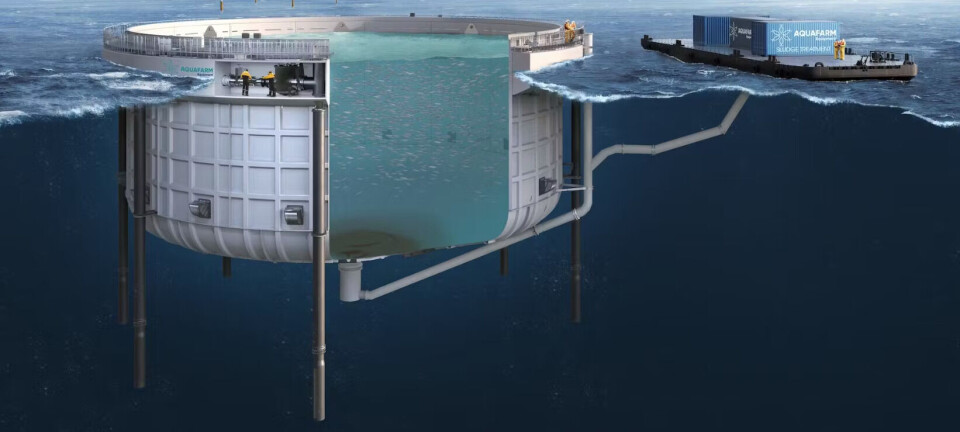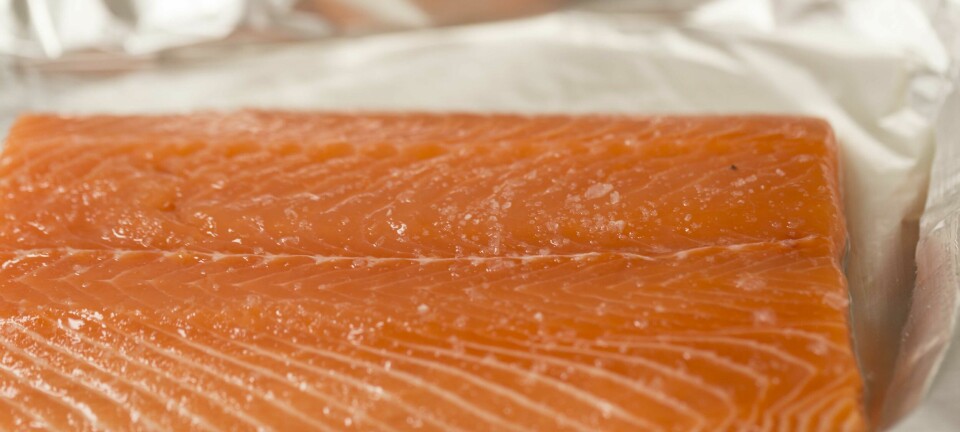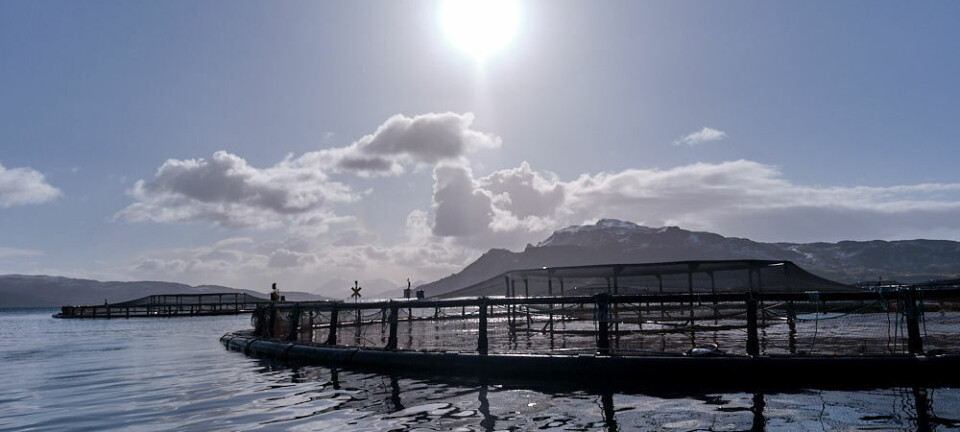
’80s prices predicted
The price of Chilean salmon is predicted to return to a level last seen in the 1980s after the mass salmon mortalities caused by algal blooms, while Norwegian and Canadian producers are also set to benefit from the supply shortage in the US.
This is the view of Nordea analyst Kolbjørn Giskeødegård.
In a press release issued today, he states: “We expect to see more European salmon sent to the US market. With the favourable USD/EUR rate, US buyers are expected to set a higher price and buyers in the EU will have to pay up in order to secure availability of fish. We raise our salmon price estimates to NOK 50 for 2016-17 (up from NOK 46 and 48, respectively). Marine Harvest, for which we see 31% upside, is our top sector pick, despite it being hurt by its Chilean operations.
The bloom has, according to Giskeødegård, killed: “…an estimated 20-25 million fish, which corresponds to some 80-100,000 tonnes, most of which was intended for harvest in H2 2016.”
This will, he believes, create a shortfall of around 200,000 tonnes.
“Before this dramatic event, we estimated a total drop in supply of 95,000 tonnes for 2016-17. We now expect the annualised harvesting level in 12 months to be 180,000 tonnes lower than in 2015,” he claims.
And he doubts whether Norwegian producers will be able to take up the slack in terms of volume, leading to steep price hikes.
“Parallel to this, biomass in Norway is now 7% lower than in 2015 and we expect a drop in harvesting of 60,000 tonnes. This unexpected contraction on the supply side can no doubt be classified as a supply side shock. We expect the effect will be a massive re-pricing, first for Chilean salmon in the US and Brazil, and then in Europe, bringing prices not seen since the 1980s,” he declares.
“Prices of Chilean and Canadian salmon in the US market have been under huge pressure for several years due to massive supply build-up, first from Chile (2011-14) and then from Canada in 2015. Prices in the US market have dropped 30% since 2013 and we see substantial catch-up potential. We are more uncertain about Brazil due to the weak domestic currency, but we expect prices to come up there as well,” he continues.
Giskeødegård argues that US buyers will be frantically looking to source salmon from other countries, with Marine Harvest’s Canadian and Chilean operations liable to be the biggest beneficiaries.
“We expect massive interest from US buyers trying to secure salmon supplies from other sources now. Marine Harvest has good supply capacity from Canada and will benefit from improved prices for its remaining fish in Chile. With 31% upside, Marine Harvest is our top pick in the sector,” he concludes.



















































